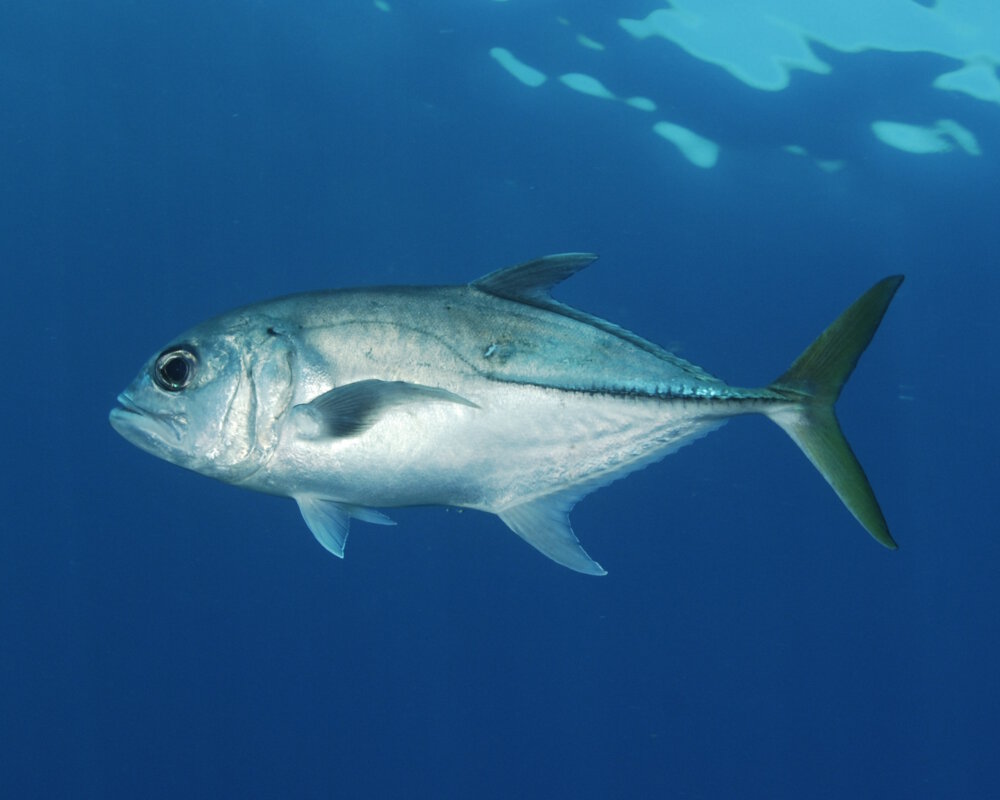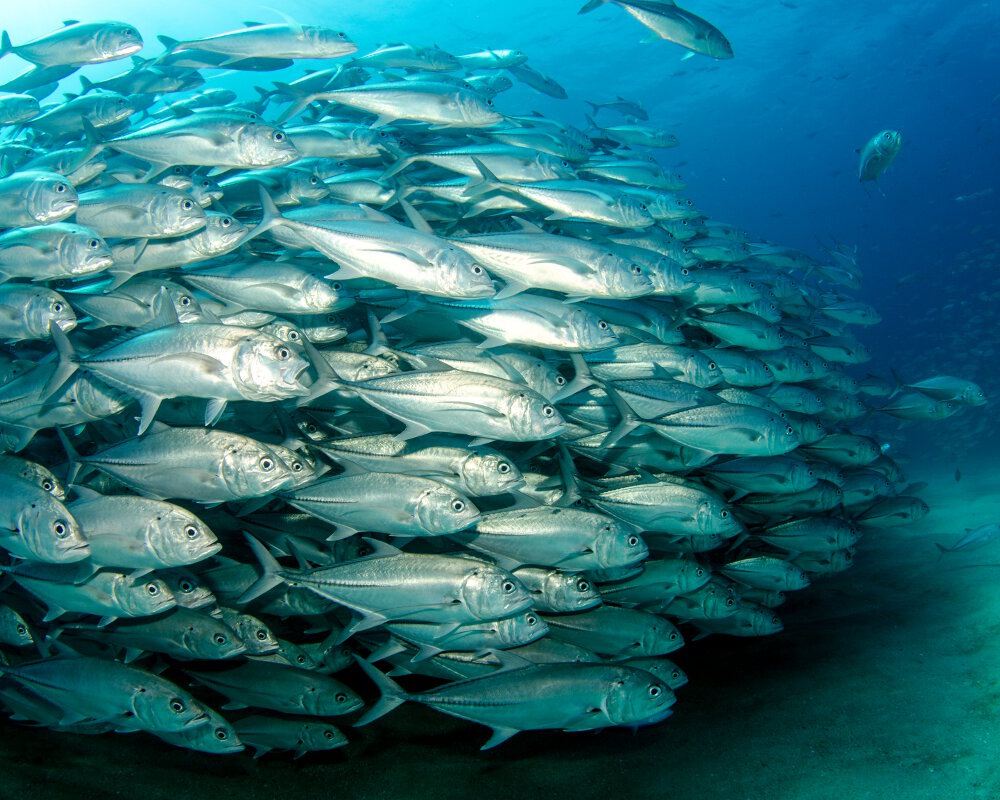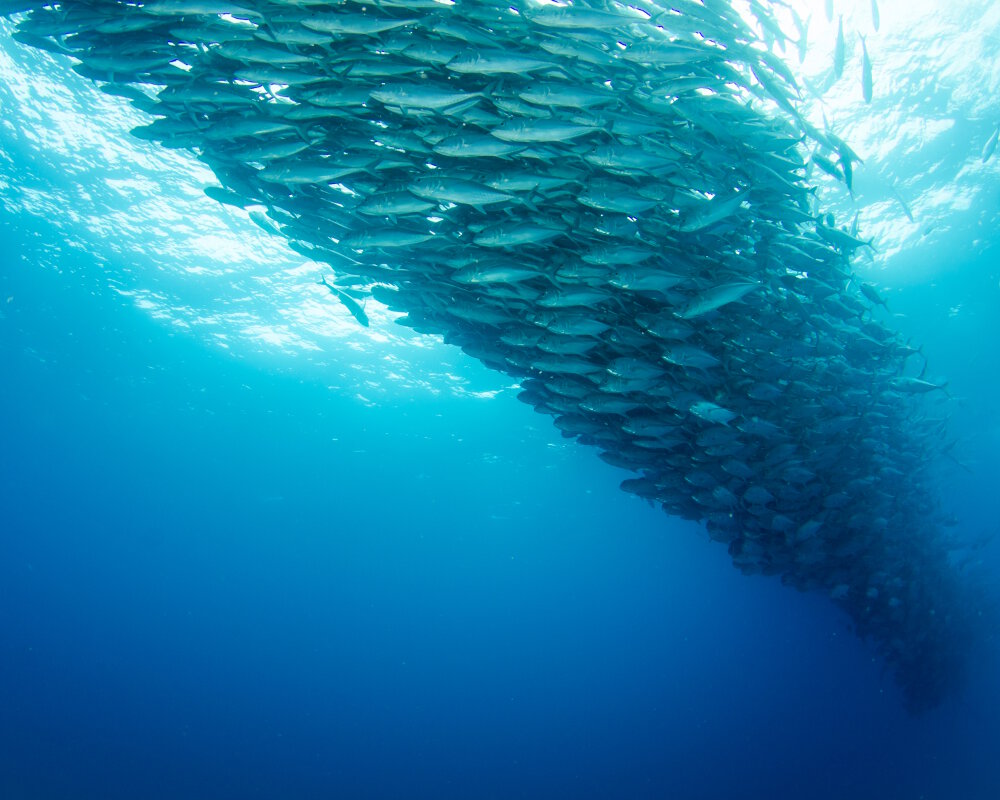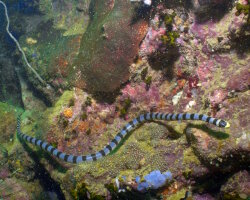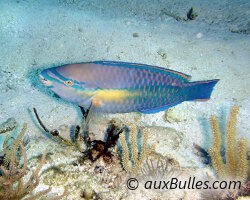Sealife guideThe bigeye trevallyCaranx sexfasciatus
Last updated on 02/17/2025 at 07:03 PM
Taxonomy
- Common name: Bigeye trevally
- French name: Carangue à gros yeux
- Spanish name: Jurel voraz
- Scientific name: Caranx sexfasciatus (Quoy & Gaimard, 1825)
- Family name: Carangidae
- Order name: Carangiformes
- Class name: Actinopterygii
Description
The bigeye trevally has a silver-colored body with, as its name suggests, larger eyes compared to other trevally species. It is distinguished from other trevally species by the slightly yellowish color of its tail.
Geographic range
The bigeye trevally inhabits the tropical waters of the western Indo-Pacific region, found from the Red Sea and the southern coasts of Africa to Indonesia, southern Japan, and the Ogasawara islands, passing through the Arabian Sea and the Bay of Bengal.
The bigeye trevally is also found along the coasts of Australia, New Caledonia and various islands. Additionally, its range extends into the Eastern Pacific, reaching the south-western coast of Baja California Sur in Mexico, the Gulf of California, Ecuador, the Galapagos islands and the Hawaiian islands.
The bigeye trevally is the most common species of trevally off the coast of South Africa.
Habitat
The bigeye trevally is a pelagic fish species that lives in open water and can be found from the surface down to depths of 475 feet.
The bigeye trevally can form massive schools of over 1,500 individuals.
Diet
The bigeye trevally primarily feeds on small fish and crustaceans.
Did you know ?
The bigeye trevally is an important fish species for the fishing industry.
The bigeye trevally is listed as many other marine species within The
IUCN Red List of threatened species. The bigeye trevally appears in the
IUCN Red List since 2019 within the category Least Concern !
Within the same genus
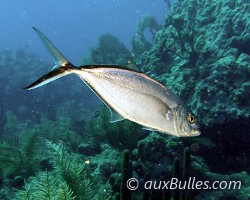
Bar jack
(Caranx ruber)
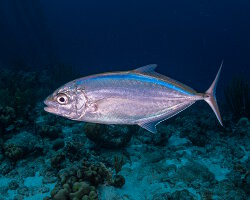
Blue runner
(Caranx crysos)
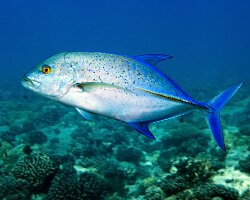
Bluefin trevally
(Caranx melampygus)
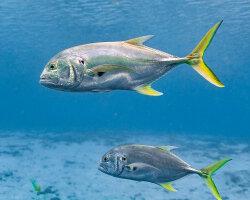
Crevalle jack
(Caranx hippos)
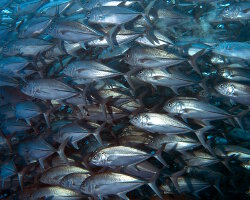
Giant trevally
(Caranx ignobilis)
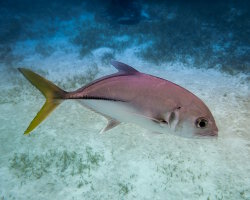
Horse-eye jack
(Caranx latus)
Within the same family

Black tail permit fish
(Trachinotus falcatus)
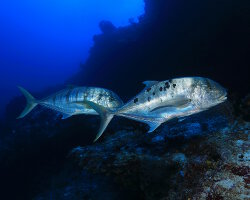
Golden trevally
(Gnathanodon speciosus)
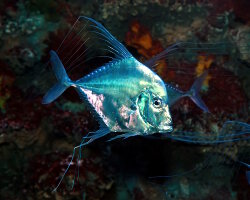
Indian threadfish
(Alectis indica)

Leerfish
(Lichia amia)
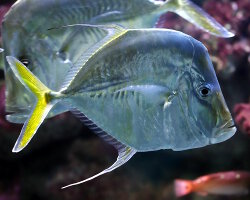
Lookdown
(Selene vomer)
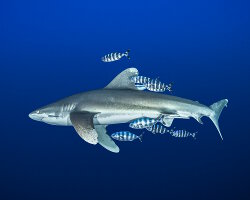
Rudderfish
(Naucrates ductor)
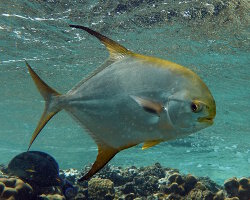
Snubnose pompano
(Trachinotus blochii)
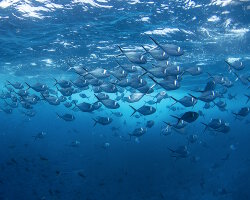
Steel pompano
(Trachinotus stilbe)
Discover also
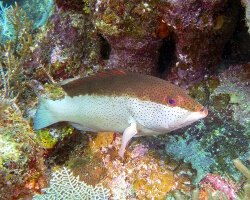
Coney
(Cephalopholis fulva)

Melon butterflyfish
(Chaetodon trifasciatus)

Seale's cardinalfish
(Ostorhinchus sealei)
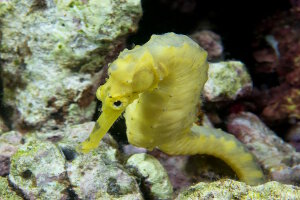
Spotted seahorse
(Hippocampus kuda)
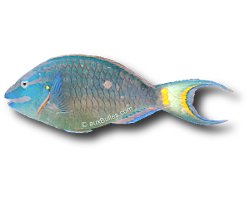
Stoplight parrotfish
(Sparisoma viride)
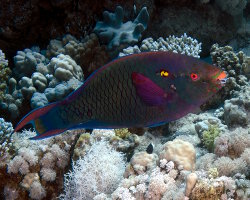
Swarthy Parrotfish
(Scarus niger)

Yellow-ear angelfish
(Apolemichthys xanthotis)
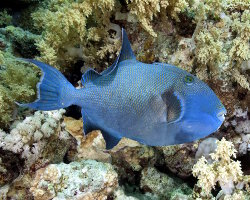
Yellow-spotted triggerfish
(Pseudobalistes fuscus)
The marine species from Indo-Pacific
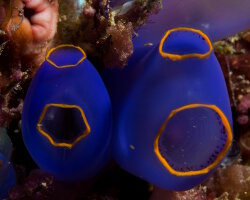
Blue tunicate
(Rhopalaea fusca)
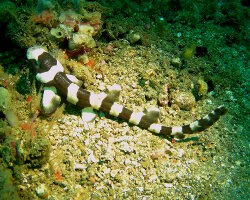
Brownbanded bamboo shark
(Chiloscyllium punctatum)

Copperbanded butterfly
(Chelmon rostratus)
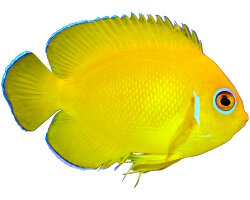
Lemonpeel angelfish
(Centropyge flavissima)
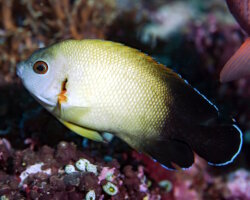
Pearl-scaled angelfish
(Centropyge vrolikii)
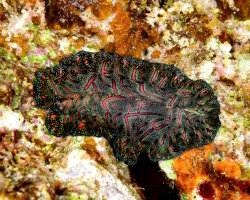
Persian carpet flatworm
(Pseudobiceros bedfordi)
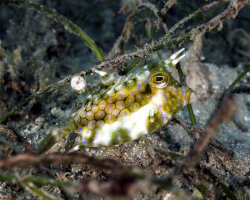
Thornback cowfish
(Lactoria fornasini)








